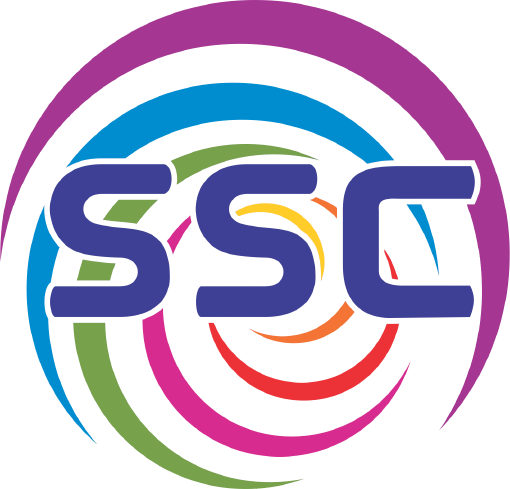
EduSahara™ Assignment
Name : Fundamental Geometrical Concepts
Chapter : Fundamental Geometrical Concepts
Grade : ICSE Grade VII
License : Non Commercial Use